



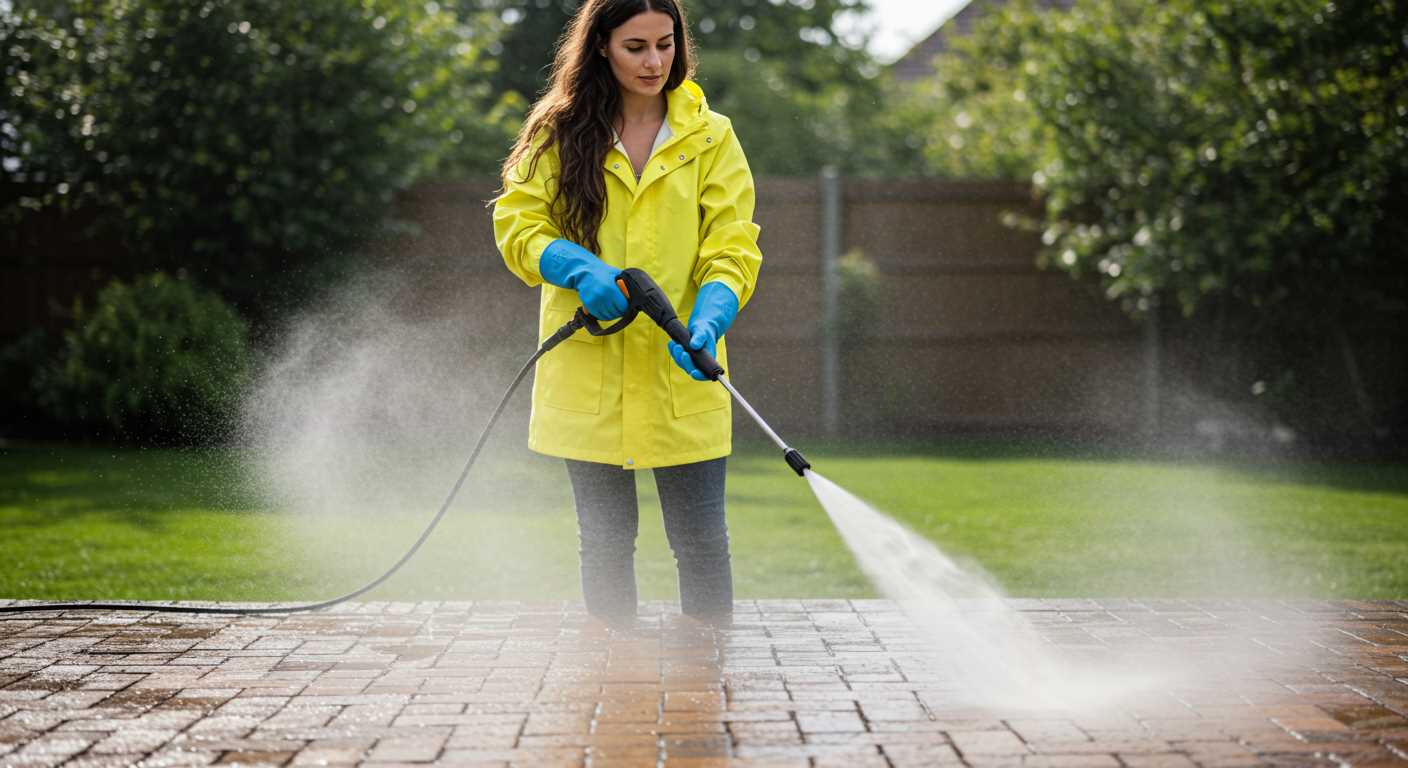
To ensure a seamless experience with your cleaning apparatus, focus on the dimensions of the fittings that connect various components. A precise measurement is necessary for compatibility, enhancing both performance and ease of use. Start by using a calliper or a ruler to ascertain the outer diameter of the male end of the fitting. This measurement will guide you in selecting the correct size of hose or attachment.
Next, note the thread type present on the fitting. Most commonly, you will encounter metric or imperial threads. If you’re unsure, a thread gauge can help you identify the specific type, ensuring that you don’t face leaks or compatibility issues when connecting your equipment.
Don’t overlook the inner diameter when measuring the female end. This dimension is critical for ensuring that water flows freely without restrictions. A fitting that’s too small can significantly reduce the efficiency of your cleaning tasks, making it vital to get this measurement right.
After you’ve gathered all the necessary dimensions, consider the material of the fittings. Brass and stainless steel are popular choices due to their durability and resistance to corrosion. If you’ve ever dealt with rusted or broken fittings, you’ll appreciate the importance of choosing quality materials for longevity.
Understanding the types of quick connect fittings
Choosing the right type of coupling is key for seamless operation. I often recommend starting with two primary categories: standard and heavy-duty. Standard types are ideal for light to medium tasks, while heavy-duty variants are suited for more demanding jobs.
Standard Couplings
Standard couplings are typically made from plastic or lightweight metals. They are easy to connect and disconnect, making them suitable for casual users. In my experience, they’ve served well for tasks like garden cleaning or washing vehicles. However, be cautious; prolonged use can lead to wear and tear.
Heavy-Duty Couplings
On the other hand, heavy-duty couplings are crafted from robust materials, often stainless steel or brass. They withstand high pressures and are less likely to leak. I remember using a heavy-duty fitting during a restoration project on an old brick wall. The durability was impressive, and the performance exceeded my expectations.
| Type | Material | Best For |
|---|---|---|
| Standard | Plastic/Lightweight Metal | Casual Use |
| Heavy-Duty | Stainless Steel/Brass | Intensive Jobs |
Additionally, if you’re considering a snow foam gun without pressure washer, check if the fittings are compatible with your existing setup. Compatibility can save you frustration during usage.
Tools Required for Accurate Measurement
For precise evaluation of those fittings, a few specific tools come in handy. Firstly, a calliper is indispensable. It allows for accurate measurement of both the outer and inner diameters, ensuring you get the right size. Preferably, use a digital calliper for ease and clarity.
Thread Gauge
A thread gauge is another useful instrument. It helps to determine the thread type and pitch, which is critical for compatibility. Having a variety of gauges ensures that you can assess both metric and imperial threads, given the diverse range of products available.
Measuring Tape
Don’t underestimate the value of a simple measuring tape. While it’s not as precise as a calliper, it’s great for quickly assessing overall lengths or when you need to measure larger components. Always make sure it’s marked in both metric and imperial units for versatility.
Additionally, a good quality ruler can be handy for quick reference, especially when you need to jot down measurements. Keeping a notebook or a digital app to record your findings is also beneficial for tracking various fittings and their specifications over time.
Step-by-step guide to measuring inner diameter
First, you need a reliable caliper. This tool will give you the most accurate reading of the inner measurement. Open the caliper slightly wider than the fitting’s opening.
1. Position the caliper
Carefully insert the smaller jaws of the caliper into the fitting. Ensure that it sits snugly against the inner walls without forcing it in. If the fitting is too tight, you might need to use a different tool, but typically the caliper should fit comfortably.
2. Take the reading
Once the caliper is positioned correctly, close the jaws until they make contact with the inner surface. Read the measurement displayed on the caliper. Make sure to note the reading in millimetres for precision. If you have a digital caliper, this step is even easier as the display will show the measurement instantly.
After noting the size, double-check your reading. It’s easy to misinterpret the scale, especially if you’re using a traditional caliper. Repeating the process a couple of times can ensure accuracy.
Once you have the measurement, you’ll have a clearer idea of compatibility with other components. I remember a time working with a client who had trouble finding the right parts because they didn’t have accurate measurements. Rectifying that saved them a lot of hassle and expense.
Determining the Outer Diameter of Fittings
To accurately ascertain the outer diameter of your components, follow these straightforward steps:
- Use a calliper for precision. This tool offers the best accuracy, allowing you to measure the widest part of the fitting.
- Place the calliper around the fitting, ensuring it’s level and not tilted. This ensures you capture the true outer diameter.
- Read the measurement directly from the calliper. If you’re using a digital model, it should display the measurement clearly.
- For manual callipers, align the scale with the end of the fitting, then note the measurement where the scale meets the other side.
In my experience, if a calliper isn’t available, a tape measure can serve as a backup. Wrap it around the fitting and note the circumference. Then, use the formula:
Diameter = Circumference / π (approximately 3.14)
This method is less precise but can work in a pinch.
Always check the measurement a couple of times to ensure consistency. A small error can lead to mismatched parts, which I’ve seen cause unnecessary frustration during assembly. From my time in the field, I can attest that taking a moment to verify your numbers saves a lot of hassle later on.
Lastly, document your findings. Keeping a record of measurements can be invaluable for future projects, especially when dealing with multiple types of components. This practice has saved me countless hours searching for the right fittings.
Checking thread size and compatibility
To ensure a perfect fit, always verify the thread size and compatibility of the components before making any connections. A mismatch can lead to leaks or even damage to the equipment. I’ve seen many people assume that fittings from different brands will align, only to face frustration during use.
Finding the right thread type
Most fittings feature either NPT (National Pipe Thread) or BSP (British Standard Pipe) threads. NPT threads are tapered, while BSP threads are parallel. Use a thread gauge to determine which type you have. If you’re unsure, try fitting an existing piece to see if it aligns. Remember, NPT threads will not fit BSP threads securely.
Measuring thread pitch
Thread pitch refers to the distance between threads. You can measure this using a caliper. Count the number of threads in a specific length, typically 1 inch, and divide that by the length to find the pitch in threads per inch. This is pivotal for compatibility checks. I’ve had clients who overlooked this detail and ended up with incompatible connections, wasting time and resources.
When in doubt, consult the manufacturer’s specifications for both the washer and the accessory you’re considering. This information is often found in manuals or online resources. It’s a small step but can save you a lot of hassle down the line.
Common mistakes to avoid during measurements
Ensure you don’t use the wrong tools. I once grabbed a tape measure instead of a caliper, leading to inaccurate results. A caliper provides precision, especially for small diameters. Always use the right instrument for the job.
Take measurements multiple times. I learned this the hard way; I once miscalculated the size of a fitting because I relied on a single measurement. Doing it two or three times helps confirm accuracy. If you notice discrepancies, investigate why.
Ignoring the fitting’s orientation
Another common error is neglecting the orientation of the fitting during measurement. I remember a situation where I measured while the fitting was still attached, which led to skewed results. Always detach the components and ensure they’re clean and free from debris. This avoids any obstruction that could alter the reading.
Overlooking thread compatibility
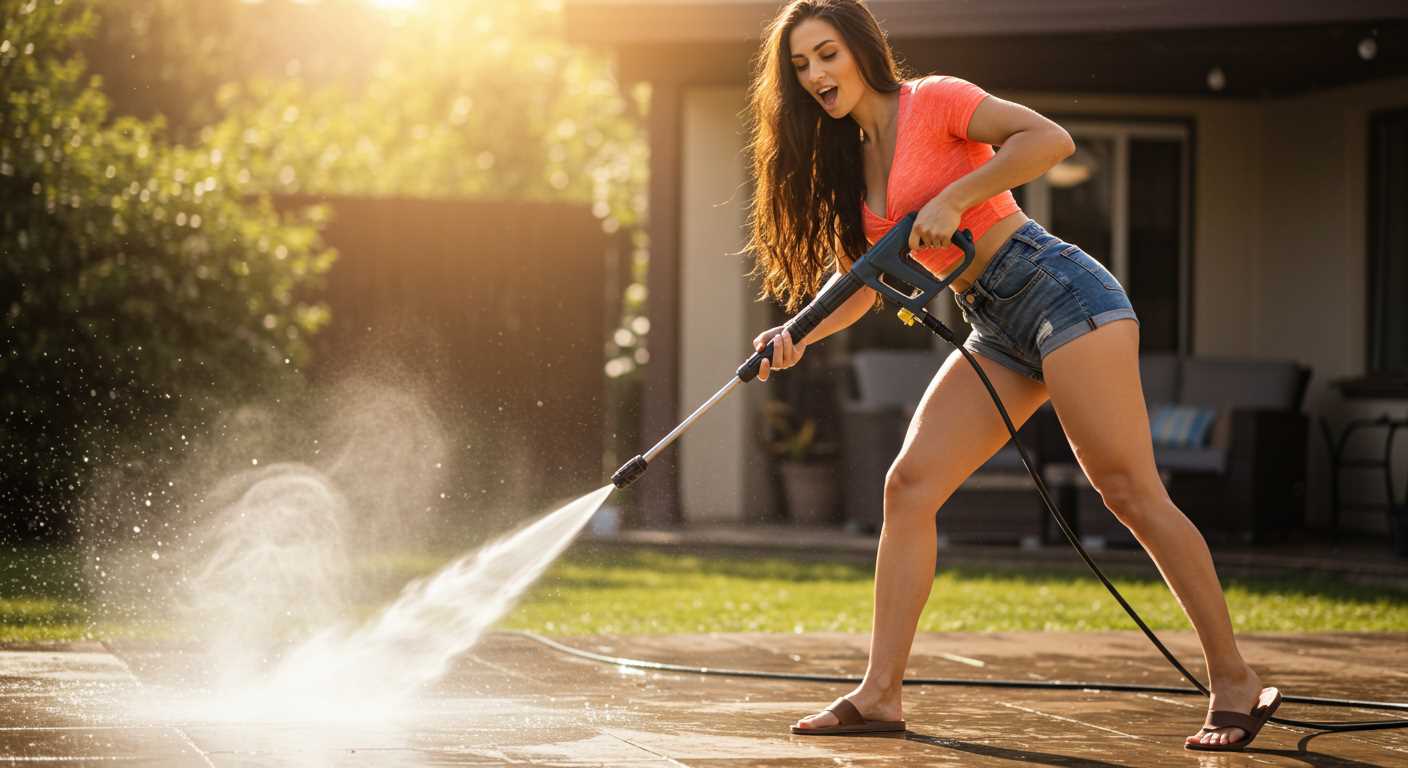
Don’t forget to check the thread size and compatibility. I once tried to fit a new nozzle to an old hose without verifying the threading. It ended up being a frustrating experience. Familiarise yourself with the threading standards to avoid this issue. Additionally, consider referencing resources for the best garden vacuum deals that may help you find compatible parts.

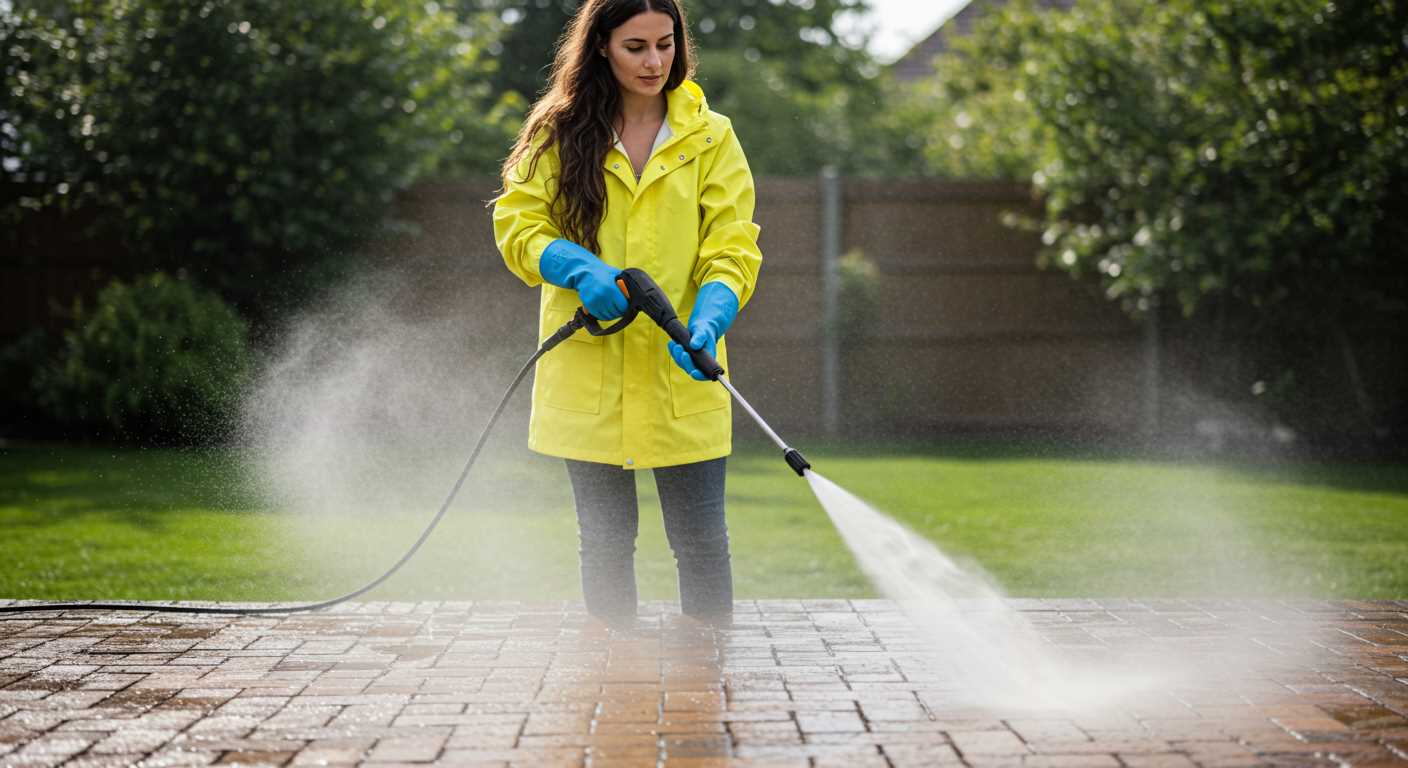

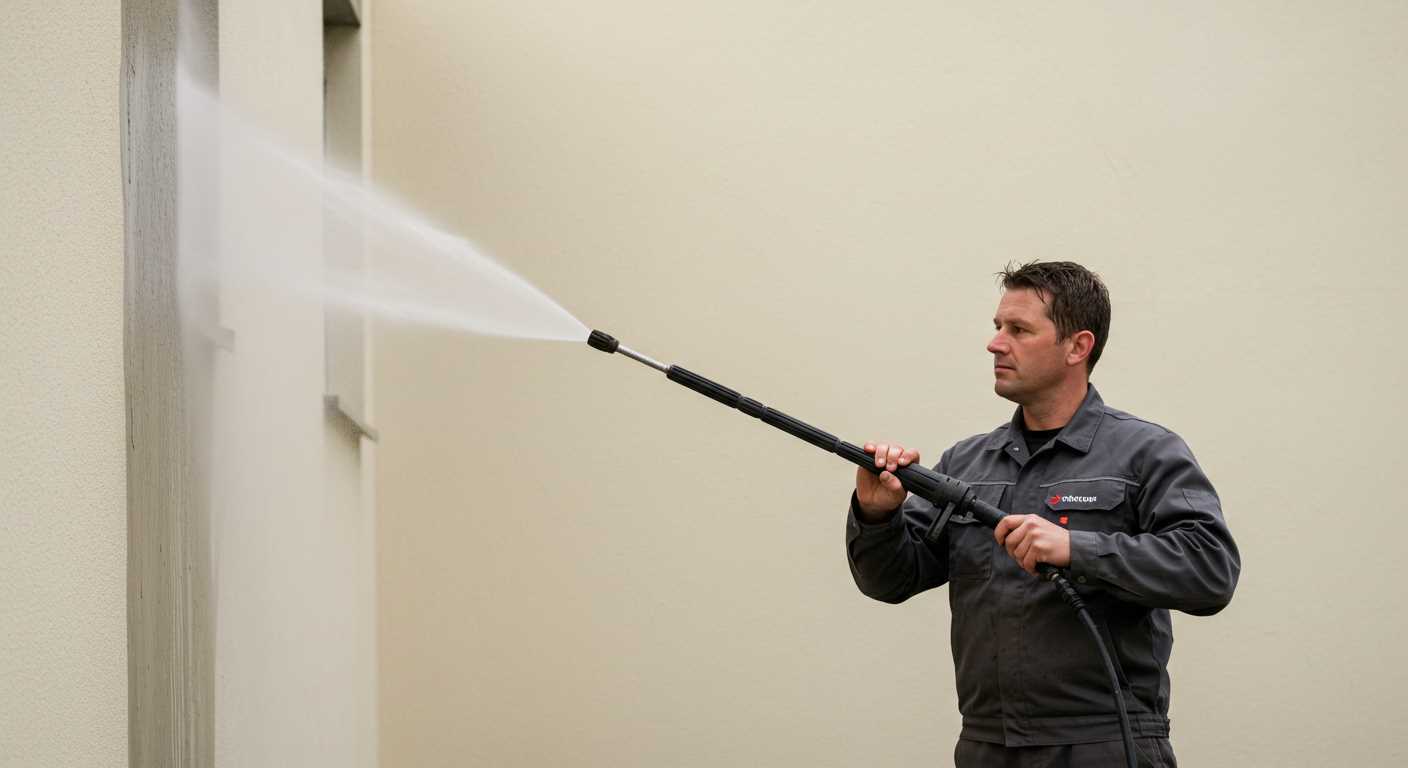
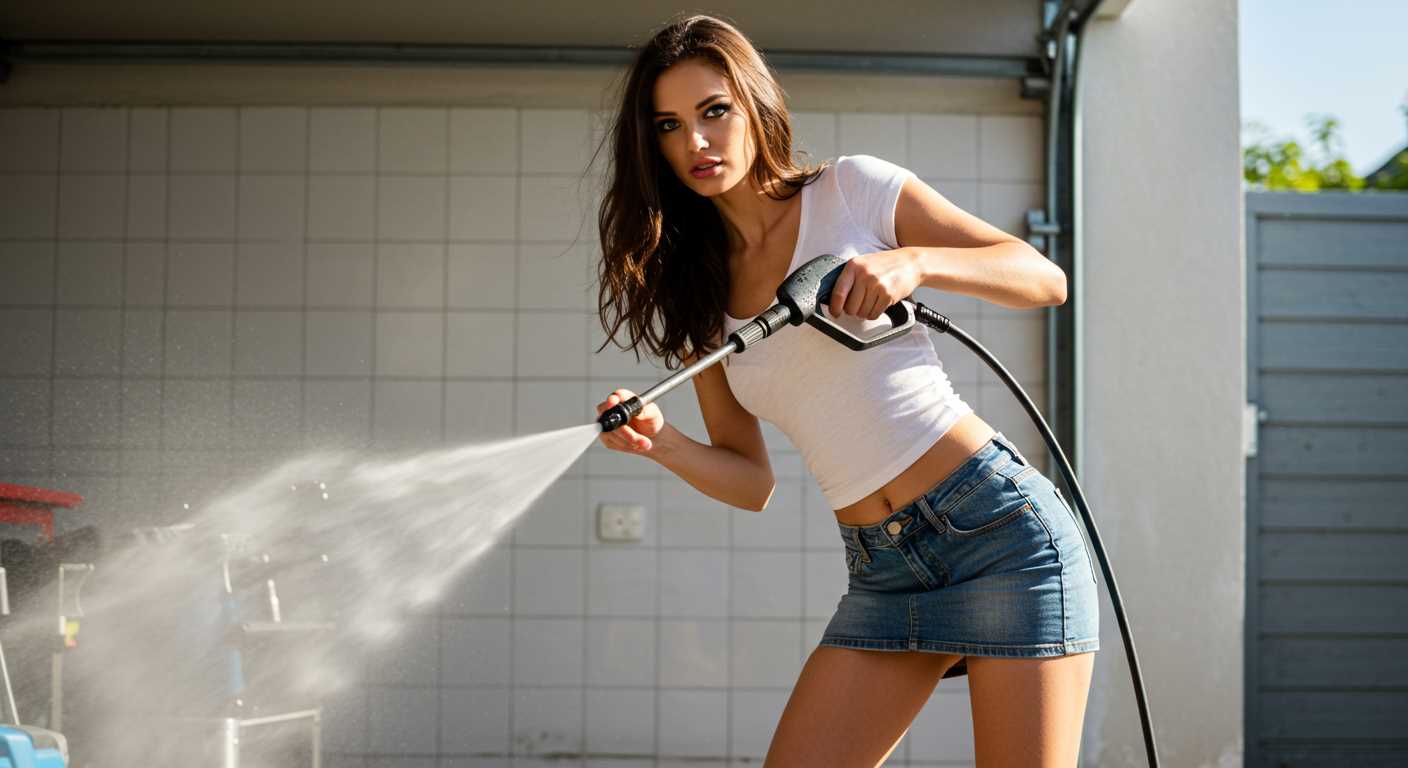
.jpg)


